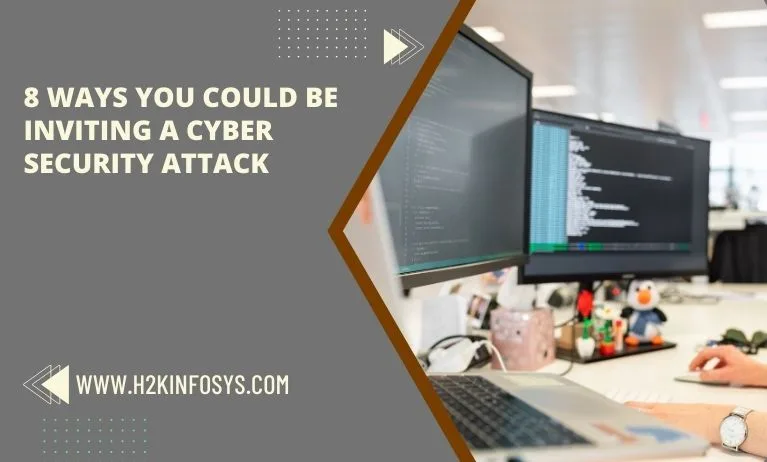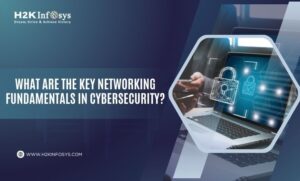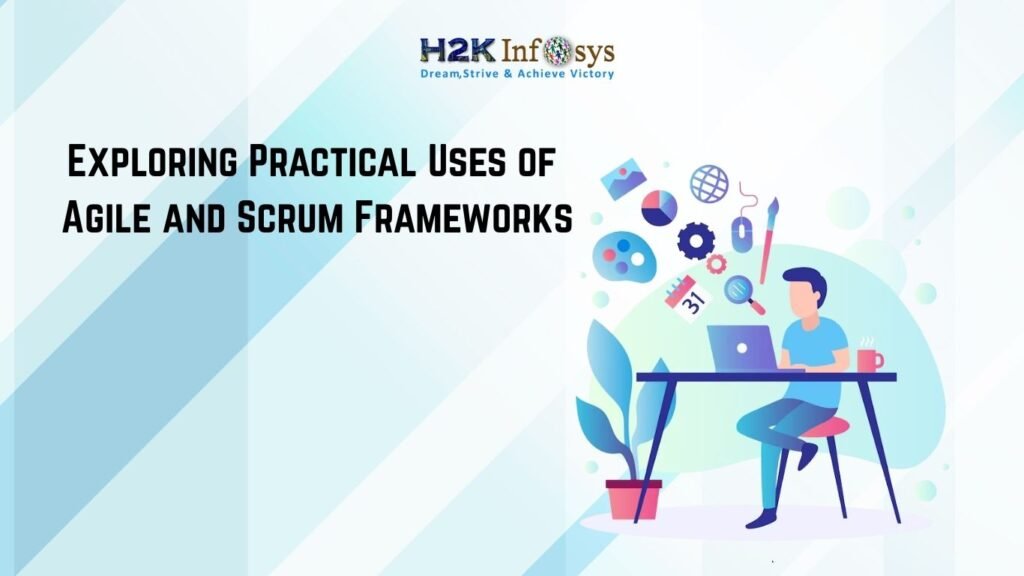Organisations are frequently vulnerable to cybersecurity threats because of structural and cultural problems between IT and non-IT leaders, not because of technical capability or financial support.
Many business executives continue to think that cybersecurity is a problem that can be fixed if they spend enough money and employ the right specialists with the necessary technical skills to keep them out of the news.
These problems offer CIOs and CISOs the chance to reconsider how they work with senior non-IT leaders to put security first. By tackling these top reasons for failure within your company, you can lower the likelihood of cyberattacks.
By enrolling in the online cybersecurity training, you will learn more about cybersecurity. However, the following warning signs would indicate a cybersecurity incident.
1.Invisible systemic risk.
Every day, business decisions are made that have a detrimental influence on their preparation for security, such as deciding to continue using outdated gear and software to save money or refusing to shut down a server for proper patching. These unreported choices enhance the likelihood and gravity of a catastrophe while creating a false sense of security.
Recognizing, reporting, and talking about systemic risk as part of standard security governance is a recommended course of action.
2.Cultural disconnect.
Security is still perceived by non-IT executives as being “simply there,” like air or water. As a result, it isn’t taken into account while making commercial decisions. A corporate executive requiring a new application, for instance, is not likely to specify “security preparedness” as a criterion.
Putting cybersecurity within a commercial context can help executives understand the effects of their choices.
3.Throwing money at the problem.
No matter how much money you spend, you won’t be completely safe from cyberattacks. You can’t buy your way out. Your organisation’s capacity to operate will likely be harmed if you try to stop every risky action.
Avoiding overinvesting in security, which increases operational costs but harms the organisation’s capacity to deliver commercial results, is a wise course of action.
4.Security as “defender”.
A culture of no is established if security personnel are viewed as (and behave in accordance with) the organisation’s defenders. For instance, they might refuse to release a crucial application because of security worries without taking into account the commercial objectives the application supports.
Positioning security as the function that strikes a balance between the need to protect and the need to run the business is a sensible course of action.
5.Broken accountability.
Accountability should entail the ability to defend a risk-acceptance decision to important stakeholders. No one will take part if responsibility implies that someone will be dismissed if something goes wrong.
Rewarding individuals who balance the need to protect with the need to run the business is a wise course of action.
6.Poorly formed risk appetite statements.
In order to encourage poor decision-making, organisations develop generic, high-level statements about their risk appetite. To avoid creating unseen systemic risk, refrain from vowing to solely partake in low-risk activities.
Making procedures that permit the acceptance of risk within predetermined bounds is a wise course of action.
7.Unrealistic social expectations.
Society only wants heads to roll when a security event makes headlines. Although unfair, this is the outcome of years of treating security as a mystery. Nobody is aware of how it actually operates, so when an event does occur, it is assumed that a mistake was made by someone.
However, until businesses and IT departments begin to approach and discuss security differently, society will not change.
Being vocal about striking a balance between the need to protect and the need to run the business, rather than scapegoating, is a sensible course of action.
8.Lack of transparency.
Some senior executives and boards merely do not want to hear or admit the fact that security isn’t flawless. The good news about the advancements in security is frequently highlighted in board presentations, with little to no mention of the gaps and chances for improvement. We are aware of one business that even chose to shift security under legal advice in order to protect conversations’ confidentiality.
A wise course of action is that IT and non-IT executives must be prepared to comprehend and discuss the reality and constraints of security in order to address the issues.
Conclusion
These actions when carried out promptly could avert the devastating effects of the breach. That is why it is crucial that you are well-informed about the latest trend in the cybersecurity world. You can enroll in our online cybersecurity certification course where you will be properly informed about how to prevent cybersecurity attacks.




























